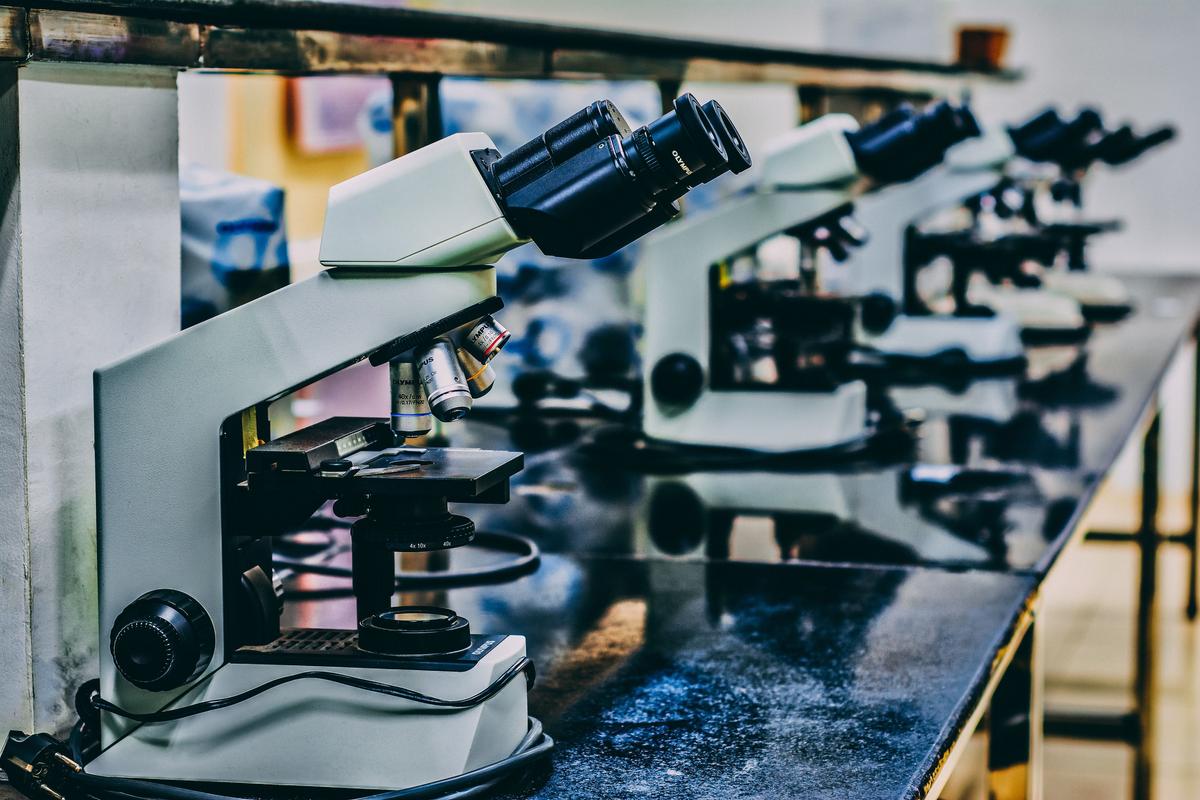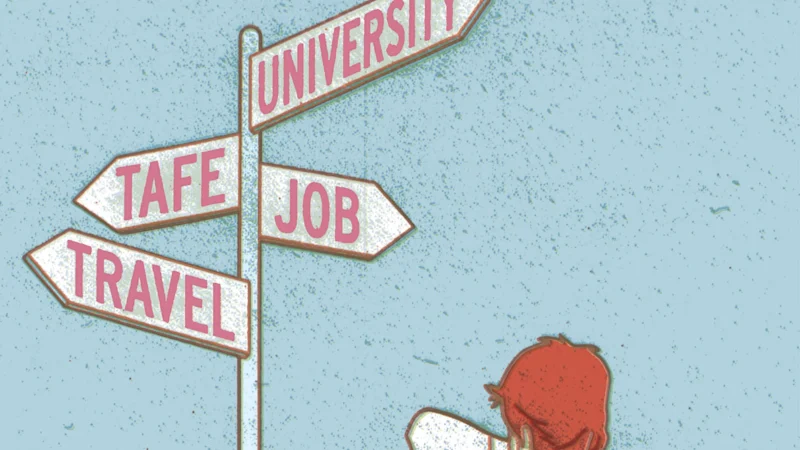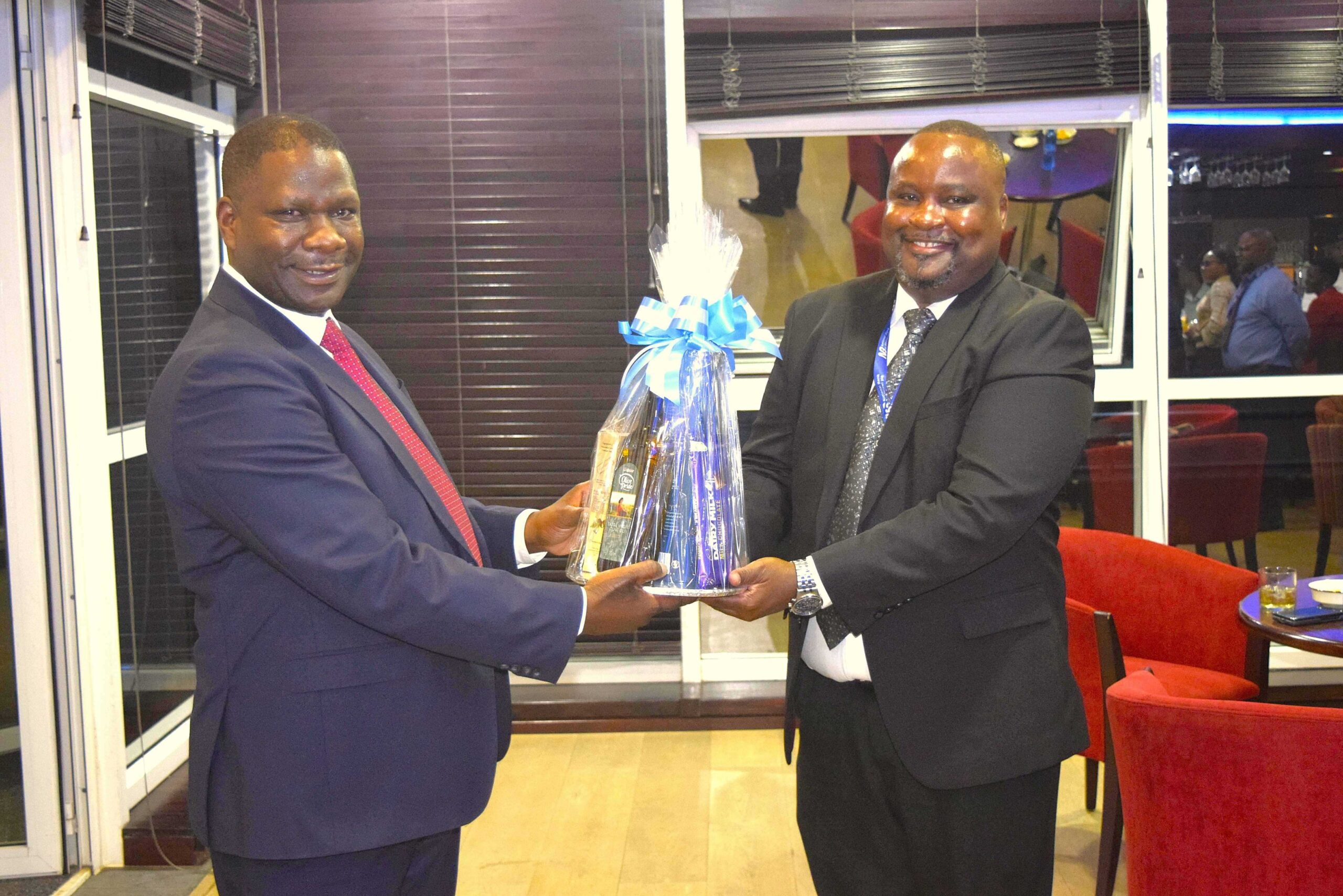By Matúš Beňo
Copyright sme

The Slovak Academy of Sciences (SAV) published a long-awaited report on the composition of Covid-19 vaccines, a renowned Slovak biotech company announced it had applied for a grant to expand its promising research on a test for cancer, and several scientists received international recognition of their work.
This overview also provides a selection of research conducted at universities and other institutions, as well as science stories that have appeared on the Slovak Spectator website, including on polymer scientists researching innovative drug delivery platforms, and the discovery of a new species of fungi in Slovakia.
To stay up to date with what scientists in Slovakia or Slovak scientists around the world are doing, subscribe to the Slovak Science newsletter, which will be sent to readers free of charge four times a year.
ESET Science Award is approaching
The 7th edition of the ESET Science Award is opening its doors to all scientific disciplines for the first time. This means researchers from the humanities and social sciences fields are now eligible, alongside those from natural sciences, technology, and medicine.
Previously, these fields were excluded because, as a technology company, ESET was more closely connected with technical and natural sciences. However, the company says recent developments — including the Covid-19 pandemic, the influence of social media, and the increasing relativisation of facts — have highlighted the crucial role of the humanities and social sciences. Tackling such challenges, the company argues, requires an interdisciplinary approach.
Reflecting this shift, the theme of this year’s award is “science as a pillar of trust.”
The ceremony will be held on October 9. You can learn more about the finalists in the three categories here.
Expanding research
At the beginning of the year, two papers by the Slovak biotech company MultiplexDX on a diagnostic test for cancer were published in the renowned science journal Nature Communications.
One showed that their new test, called Multiplex8+, can determine breast cancer subtypes more accurately, and predict a patient’s response to treatment, thus improving their prognosis.
“This is confirmation that Slovak research can be world-class. For us at MultiplexDX, publishing is also a way for the wider oncology community to get to know about Multiplex8+,” Pavol Čekan, the MultiplexDX Founder&CEO, told The Slovak Spectator.
At the end of August, the company also applied for a Slovak grant worth more than €18 million “to clinically validate the test primarily for patients with early triple-negative breast cancer (TNBC), expand its use to other subtypes of breast cancer, and build a certified laboratory for clinical trials, approval, implementation”.
Analysis of vaccines completed
In April, Health Minister Kamil Šaško (Hlas) was tasked by the government to ask SAV’s Biomedical Centre (BMC) to prepare a report on Covid-19 vaccines in Slovakia and provide an expert opinion on the impact of substances in the vaccines on the human body.
The move came after Peter Kotlár, an MP and government-appointed investigator into Slovakia’s pandemic response, claimed that the Covid-19 vaccines contain genetic material capable of altering human DNA. He likened vaccinated Slovaks to modified corn. Kotlár made his analysis of the vaccines available in May in a so-called ‘predatory’ science journal.
BMC carried out the analysis in cooperation with the State Institute for Drug Control. Its clear conclusion was that the Covid-19 vaccines did not, and do not, rewrite human DNA.
“The analysis clearly demonstrated that these vaccines contain only trace amounts of DNA molecules, far below approved limits. This residual DNA consists of very short fragments that do not code for any functional proteins and originate from the DNA template used in the production of mRNA,” SAV said in a statement.
In addition, SAV warned that the claims that had led to its analysis being requested in the first place, “are based on technically incorrect procedures and/or misinterpreted results. Such claims are false and misleading. Along with unfounded and nonsensical allegations about the dangers of vaccination, they represent a dangerous form of fear manipulation that poses a serious threat to both individual and public health.”
More recognition for Slovak scientists
Pavol Šajgalík, former SAV chair and material scientist at the Institute of Inorganic Chemistry of SAV, has been elected as a member of the European Academy of Sciences, an independent international association of renowned scientists. Its goal is to recognise and elect as its members the best European scientists with a vision for Europe, to support science and scientific cooperation, and to provide advice to European bodies in various areas.
“I am pleased to be among the most prominent scientists in Europe and I am ready to offer to the academy the best experience I have gained during my scientific career. Maria Leptin, the European Research Council president, is among its members and I am very much looking forward to our cooperation,” said Šajgalík, as quoted by the SAV website.
In addition, Šajgalík received the joint award of the European Ceramic Society and American Ceramic Society. The award is presented to “a distinguished expert in ceramic materials who represents the forefront of research on both continents in this field and has significantly contributed to closer cooperation between the two societies”.
In his work, Šajgalík studies and develops oxide and non-oxide high-performance ceramics, and the relationship between the microstructure and mechanical properties of these materials. Among other things, he has authored more than 200 papers and led several international research projects.
Daniela Antolová, a researcher from the Institute of Parasitology of SAV, has become a member of the European Reference Network for Rare Liver Diseases, a Europe-wide network for centres of excellence in the clinical management of rare liver disease in adults and children. She has also co-authored a paper published in the prestigious scientific journal The Lancet. The study focused on the occurrence of alveolar echinococcosis, a serious parasitic disease in humans caused by the fox tapeworm (Echinococcus multilocularis).
Last year, she and Róbert Rosoľanko from the University Hospital Martin became the only experts from Slovakia to be part of a working group on alveolar echinococcosis established within the network.
Based in the Institute of Experimental Pharmacology and Toxicology at SAV’s Centre of Experimental Medicine, the scientific team SK-NETVAL have been recognised for their recent paper on the development of in vitro test methods for evaluating eye irritation using a reconstructed human cornea model. The findings present a step forward in reducing the need for animal testing. The Slovak Spectator talked to the paper’s lead author, Peter Pôbiš, and you can read more about the research here.
After winning an award at the annual meeting of the US Society of Toxicology earlier this year, the team recently received the prestigious Michael Balls Award 2025. The award recognises a paper that it believes has the potential to contribute to the reduction of animal testing. The editorial board called the paper “groundbreaking” as it “introduces robust, lab-tested methods for checking the safety of medical devices and eye medications without using animals”.
Overview of other research and development activities and news at institutions:
Identification of conserved RNA regulatory switches in living cells using RNA secondary structure ensemble mapping and covariation analysis; Slovak Academy of Sciences; lead scientist Ivana Borovská. An international team of scientists have mapped secondary RNA structures in the bacteria E. coli in human cells and found several functional RNA structures that react to the external environment and regulate gene expression. The research helps understand how RNA can function as a dynamic regulatory element. Read more here.SAV scientists find new fungi species; Slovak Academy of Sciences; lead scientist Slavomír Adamčík. An international team found 19 completely new species of fungi as well as a new genus, across Europe and North America, even in well-studied regions. Many of them can be also be found in Slovakia. Read more here.Therapeutic potential of stress-reducing intervention in complex cancer care; Comenius University; lead scientists Ľuba Hunáková and Jakub Rajčáni. The project focuses on life stress, its neuroendocrine and immune indicators in people with cancer, and on testing the effect of supportive, stress-reducing interventions alongside standard cancer treatment. Read more here.The role of neutrophil extracellular traps in the pathogenesis of steatotic liver diseases; Comenius University; lead scientist Roman Gardlík. Metabolic dysfunction-associated steatotic liver disease is a prevalent chronic disorder driven by obesity and metabolic dysfunction. This paper shows that levels of two potential biomarkers, extracellular DNA and neutrophil extracellular traps, reflect liver injury severity in the disease. Read more here.Trichomes as a defence mechanism against climbing plants; Slovak Academy of Sciences and Comenius University; lead scientist Pavol Prokop. Trichomes are fine outgrowths that are essential in plant defence against herbivores and water loss. This paper explores how Convolvulus arvensis, a common climbing weed, reacts to Anchusa officinalis with and without trichomes, as well as surfaces with artificial trichomes. Read more here.Reinforcing attenuated circadian control of vital functions to prevent non-communicable diseases; Comenius University; lead scientist Michal Zeman. Although the level of artificial light at night is increasing and studies show that light pollution negatively affects human well-being and health, underlying mechanisms are not understood entirely. The project has already shown that even low intensity light at night can significantly disrupt circadian rhythms, including the rhythm of basal temperature, physical activity, and cardiovascular parameters. Read more here.The market will save the day: White House narratives on LNG exports to the EU; Comenius University; lead scientist Michaela Hrabušajová. The paper explores the narratives employed in official White House communications in regards to the export of liquified natural gas from the US to Europe between 2009 to 2024. Read more here.
Other Slovak science stories on Spectator.sk:
MEDICINE: At the end of 2024, team PoxyMed from the Polymer Institute of the Slovak Academy of Sciences (SAV) won the first edition of Challenger Science, a programme that bridges the gap between business mindsets and scientific research. The team focuses on developing innovative drug delivery platforms for smarter therapies.
ASTRONOMY: In light of budget cuts that the US government has decided to impose on a number of its scientific and research institutions, Europe is having to step up to support its own scientific infrastructure. That includes telescopes. Slovak companies and scientists could play a crucial role in one such project.
ARCHAEOLOGY: The latest season of research carried out by a team of Slovak Egyptologists has unearthed a slew of interesting artefacts – and added to the ancient mystery of so-called black houses.
HEART: Despite medical progress, cardiac arrest mortality remains high. A recent paper from researchers from the Biomedical Research Centre (BMC) of the Slovak Academy of Sciences reported a new approach to the analysis of molecules important for heart function, opening up new treatment options for some types of cardiac arrest.
This article is supported by the ESET Foundation, whose annual ESET Science Award recognises exceptional scientists.



